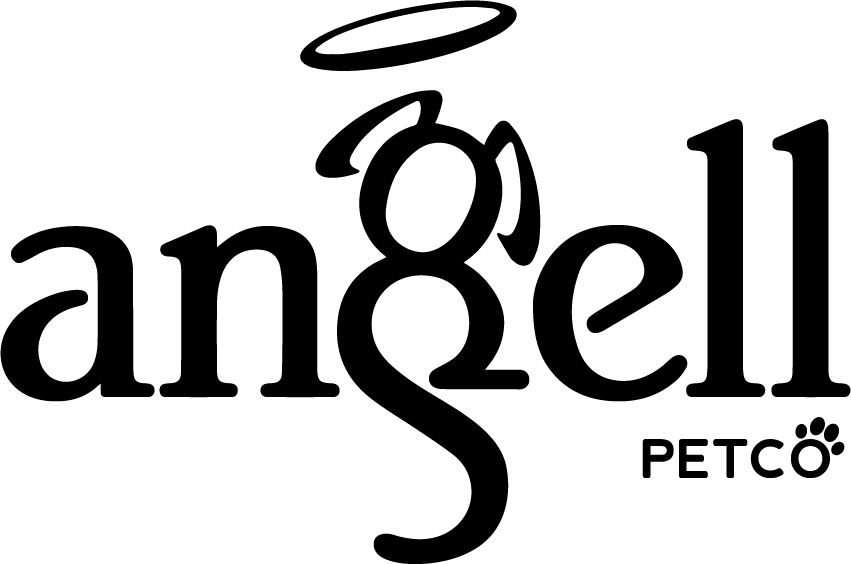Dogs are incredibly expressive animals. While they only have a basic set of emotions and don’t experience complicated feelings like spite or contempt, dogs are constantly communicating how they feel through their body language.
From how they position their bodies to the way they look at you, each visual cue will help you establish a deeper bond with your dog. Learning to pick up on these traits can help you manage and understand your dog’s behaviour.
How to Read Your Dog’s Body Language
Learning how to understand dogs’ body language will help you make accurate assessments on how dogs are feeling in any given situation.
How to Tell If Your Dog Is Happy
If raised properly, dogs are happy, sociable creatures so this should be a fairly common and obvious emotion to read. The most immediate giveaway is a wagging tail, an unconscious reaction to happy stimuli.
A happy dog will have a soft gaze and a relaxed brow. Sometimes it can look like they’re going to sleep if they’re extremely content while being petted! Their ears are usually floppy and drooped forwards while their mouth can be slightly or fully open.
While dogs can’t physically smile, it may look like they’re grinning if their mouths are open. Their tongues might also poke out if they’re gently panting. They’ll move in a relaxed and easy manner. If they’re showing all of the above, they’re likely content, approachable and ready to play.
What Is Neutral Behaviour for a Dog?
This is how your dog should be most of the time: relaxed and content. When they’ve been exercised and are getting proper nutrition, they’re likely to return to a comfortable, neutral state.
A common neutral position is lying down, but your dog will still take interest in their surroundings and what you’re doing. Their eyes will be relaxed and their movements will be smooth. They won’t show the whites of their eyes as they look around from their spot.
Their ears will also be droopy, but they’ll still listen and take in information from their environment. They’ll generally be free of tension, from their brows and mouth to the rest of their body. They’re happy to relax and might even fancy a little snooze!
How Can I Tell If My Dog Is Nervous or Anxious?
When your dog is anxious, you should be able to tell fairly quickly. Their eyes will be wide and you’ll probably see the white parts of their eyes as they look around. They may also avoid eye contact, turning their head away from you and narrowing their gaze.
They’ll hold tension in their face, so you might see wrinkling across their brow. Their ears will likely be held back or closer to their head than usual. If they’re feeling nervous, your dog’s mouth will likely be closed, but they might lick their lips frequently and yawn anxiously. Don’t be mistaken, as this isn’t an expression of tiredness or hunger, it’s a reaction they have to stressful situations.
Their body and tail are probably still and in a slightly lowered posture. Anxious dogs sometimes wag their tails cautiously, but this is done as a gesture of appeasement rather than because they’re happy. This is why anxiety can sometimes go unrecognised –– so keep a close eye on them if they’re in a new or challenging situation.
How to Tell If a Dog Is Angry
Take extreme caution if something has upset your dog to the point where they appear angry. Approaching an angry dog is very dangerous, so avoid any provocation by remaining calm, trying not to make any sudden movements and avoiding extended eye contact.
Angry dogs –– like many other animals in the animal kingdom –– will try to make themselves appear as imposing and threatening as possible.
They’ll stand tall and upright with evident stiffness of their muscles. Their hackles (the fur along their backbone starting at their neck) will be standing on end in an attempt to make themselves look larger and more intimidating.
They won’t blink, often maintaining a hard stare. They’ll flatten their ears back and they’ll almost definitely be baring their teeth, drawing back their stiff lips and wrinkling their nose. Dogs in this state make themselves ready to attack by shifting their weight forward over their front legs.
Note that angry dogs might not necessarily be barking –– they may remain silent or growl threateningly. Be prepared to give angry dogs time and space to calm down.

